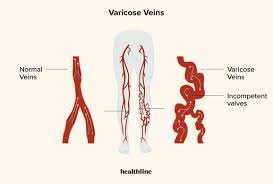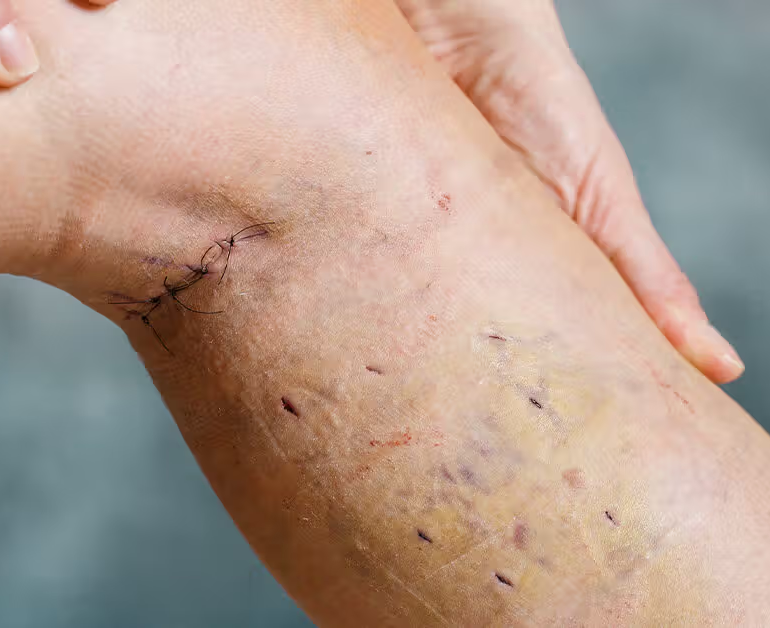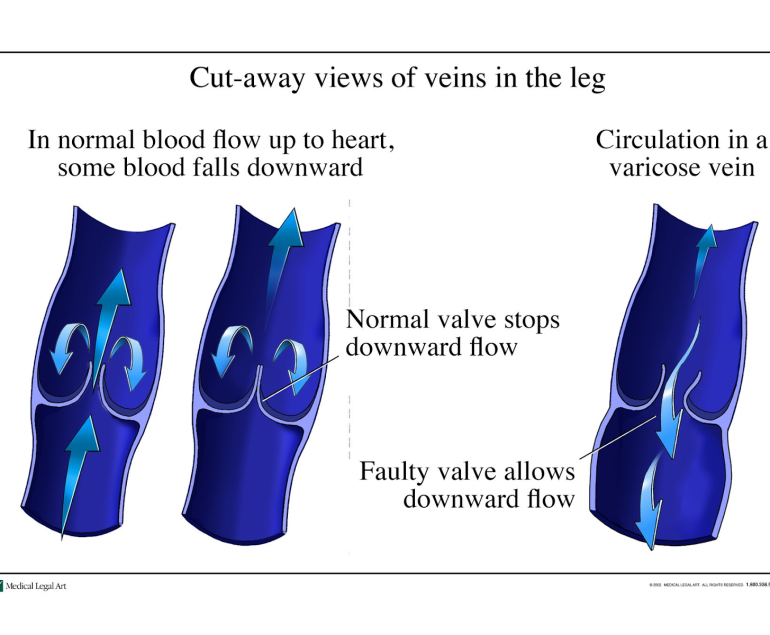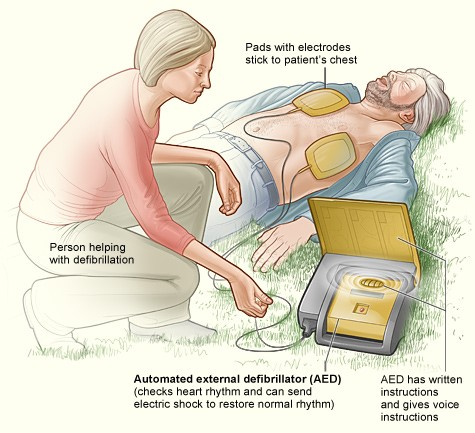Sclerotherapy is a minimally invasive procedure used to treat varicose veins and spider veins by injecting a sclerosing agent directly into the affected veins. The sclerosing agent irritates the lining of the vein, causing it to collapse and eventually be reabsorbed by the body. Sclerotherapy is commonly performed for cosmetic reasons to improve the appearance of unsightly veins, as well as to alleviate symptoms such as pain, swelling, and discomfort associated with varicose veins.
Causes
The sclerotherapy procedure typically involves the following steps:- Assessment: The patient’s medical history and vein condition are evaluated, and the treatment plan is discussed. The healthcare provider may perform a physical examination and imaging tests, such as ultrasound, to assess the size, location, and extent of the varicose veins or spider veins.
- Preparation: The patient lies comfortably on an examination table, and the treatment area is cleansed and sterilized. The patient may be asked to wear protective eyewear to shield the eyes from the sclerosing agent.
- Injection of Sclerosing Agent: Using a fine needle, the healthcare provider injects the sclerosing agent directly into the affected veins. The sclerosing agent irritates the vein wall, causing it to collapse and stick together. Multiple injections may be performed along the length of the vein to ensure complete closure.
- Compression: After the injections are completed, compression may be applied to the treated area using compression stockings or bandages. Compression helps to compress the treated veins, reduce swelling, and promote the absorption of the sclerosing agent.
- Post-treatment Care: Patients are typically advised to avoid strenuous activities and prolonged standing or sitting for a few days following sclerotherapy. Compression stockings may need to be worn for a period of time after the procedure to maintain compression and support.
Indications
Sclerotherapy may be indicated for patients with varicose veins or spider veins who are experiencing symptoms such as:- Visible veins that are cosmetically unappealing
- Pain or discomfort in the legs
- Swelling (edema) or heaviness in the legs
- Itching or burning sensation around the veins
- Skin changes or discoloration
Benefits
Sclerotherapy offers several benefits for patients with varicose veins or spider veins, including:- Minimally invasive: Sclerotherapy is a minimally invasive procedure that can be performed in an outpatient setting, usually without the need for anesthesia or sedation.
- Effective: Sclerotherapy can effectively reduce the appearance of varicose veins and spider veins, leading to improved cosmetic appearance and relief of symptoms.
- Rapid recovery: Patients can typically resume normal activities immediately after sclerotherapy, with minimal downtime or recovery time required.
- High success rate: Sclerotherapy has a high success rate in closing off treated veins and improving symptoms, with low rates of recurrence and complications.
Complications
Although sclerotherapy is considered safe and effective, potential complications may include:- Temporary bruising, swelling, or discomfort at the injection site
- Skin discoloration or pigmentation changes
- Allergic reaction to the sclerosing agent
- Formation of small blood clots (thrombophlebitis)
- Matting or the development of new spider veins near the treated area




